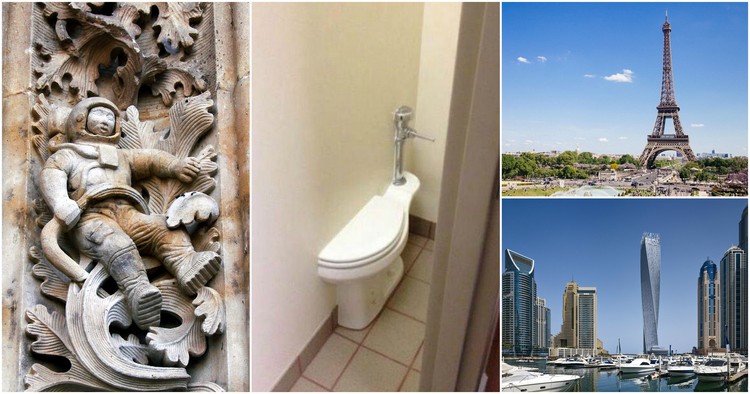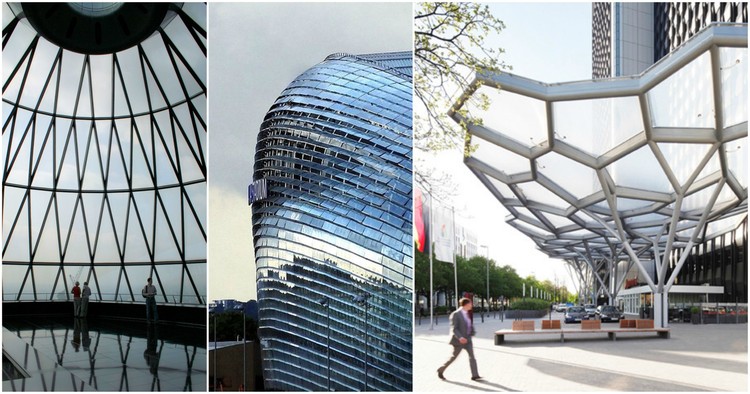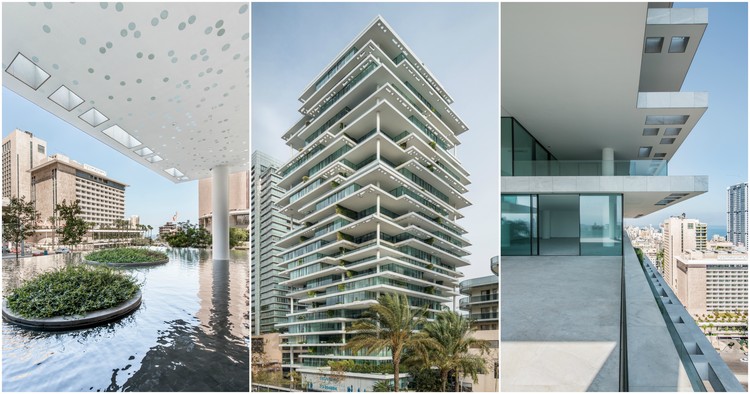
A new children’s urban playground has captured the attention and energy of children of all ages in the center of Valparaíso’s Cultural Park (Chile). The metallic structure is 40 meters long and has a colorful undulating path where children can run, jump, hide and slide.
La Serpentina is one of the public space projects designed by ELEMENTAL (Alejandro Aravena). It was built for Somos Choapa in Chile and is currently in Valparaíso as part of the XX Biennial of Architecture and Urbanism of Chile.
La Serpentina follows a similar design to the equipment at the Bicentenary Children’s Park (2012) in Santiago. La Serpentina is one of two interventions entered by Somos Choapa in the Biennial. The second project is a prototype with a series of touch screens installed in the main area of the Cultural Park of Valparaíso, accounting for over 100 concrete initiatives of the project.






























.jpg?1515170830)
.jpg?1515171598)
.jpg?1515171343)
.jpg?1515170657)
.jpg?1515171187)



















